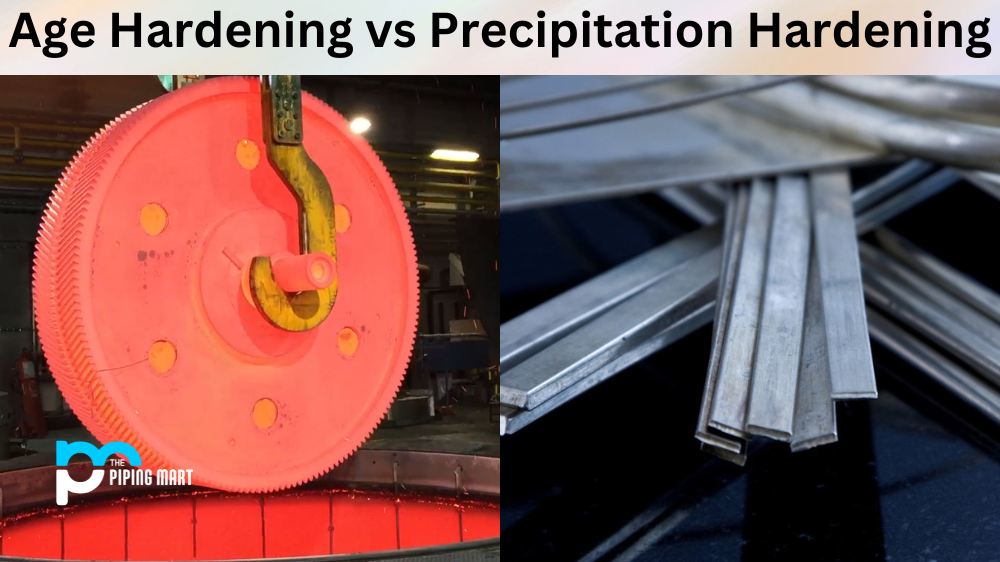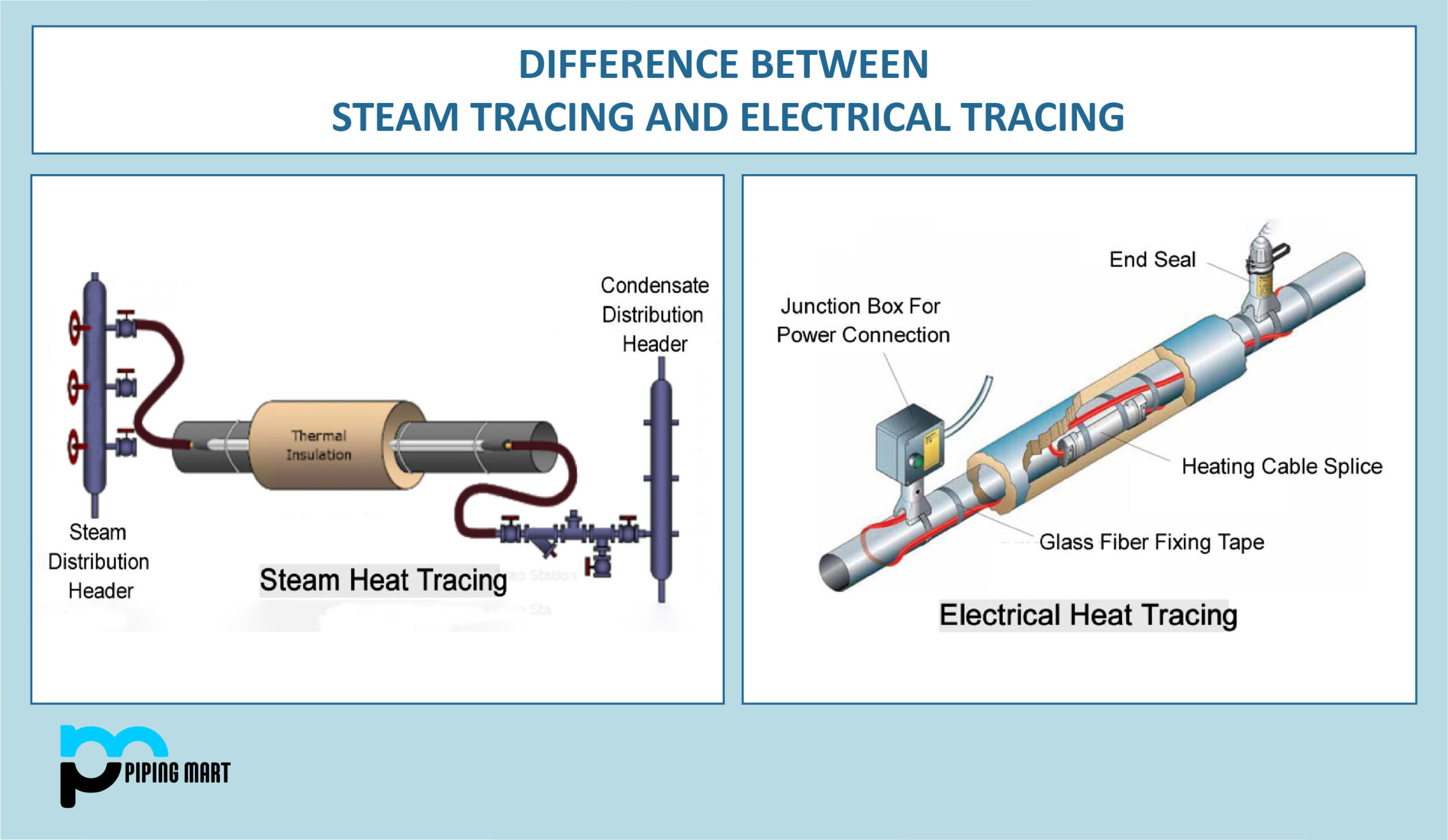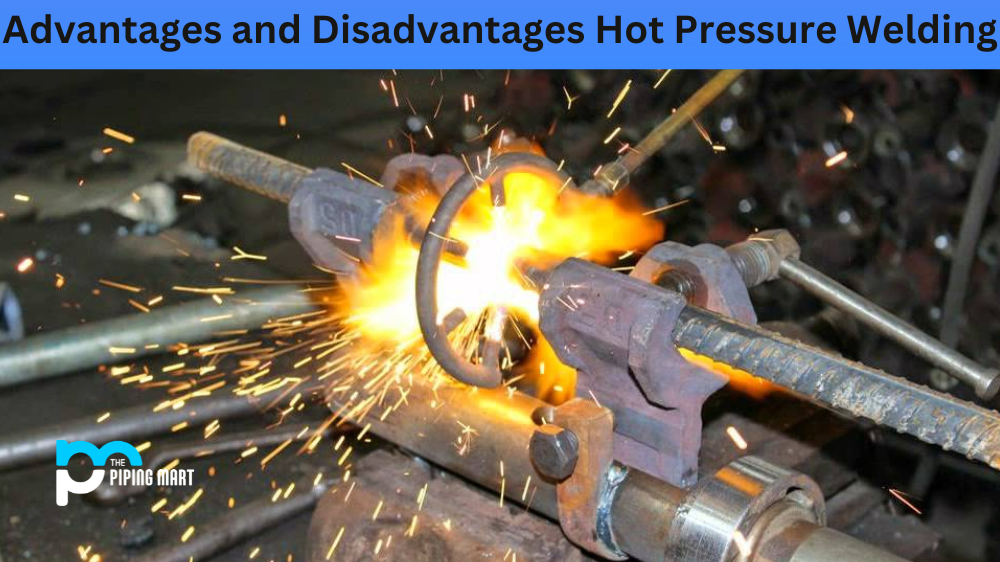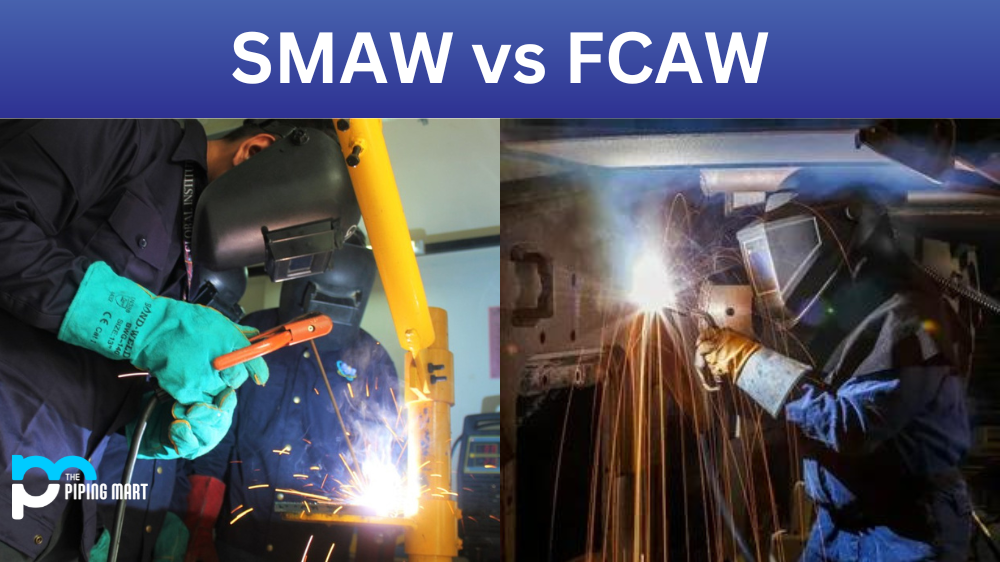Age hardening and precipitation hardening are two of the most common methods used to strengthen metals. While both processes involve introducing chemical compounds into the metal, they produce very different results. Let’s take a closer look at the differences between age hardening and precipitation hardening.
Age Hardening
Age hardening is a process that involves heating a metal until it reaches a certain temperature, or “age”, while it cools slowly in air or oil. During this process, atoms of the metal form clusters that crystalize as they cool, creating an even distribution throughout the material. This results in a stronger material with improved hardness and wear resistance. However, age hardening can only be used to strengthen certain types of metals, such as aluminium alloys and copper alloys.
Age hardening, also known as natural ageing, is a process that occurs over time and does not require any external heat or cold treatment. This type of hardening usually occurs slowly, over the course of weeks or months, and results in a stronger metal.
Precipitation Hardening
Precipitation hardening is slightly different from age hardening in that it does not involve heat treatment. Instead, this process involves introducing chemical compounds into the metal, which react with other elements present in the material to form precipitates—tiny particles of solid matter—that become suspended throughout the material. These tiny particles act as reinforcements during stress points within the metal, thus increasing its strength and durability without significantly affecting its weight or shape. Unlike age hardening, precipitation hardening can be used on a wide variety of metals, including stainless steel and titanium alloys.
Precipitation hardening, also known as artificial ageing, is a process that is accelerated by external heat or cold treatment. This type of hardening usually occurs quickly, over the course of hours or days, and results in a harder metal.
Difference Between Age Hardening and Precipitation Hardening
Process
The main difference between age hardening and precipitation hardening is the process by which they occur. Age hardening occurs naturally over time, while precipitation hardening is accelerated by external heat or cold treatment.
Speed
Another difference between age hardening and precipitation hardening is the speed at which they occur. Age hardening usually occurs slowly, over the course of weeks or months, while precipitation hardening usually occurs quickly, over the course of hours or days.
Other Differences
- Age hardening is a heat treatment process that is used to improve the mechanical properties of metals.
- Precipitation hardening is a heat treatment process that is used to improve the corrosion resistance of metals.
- Age hardening is typically used on aluminum alloys, while precipitation hardening is typically used on stainless steel alloys.
- Age hardening involves heating the metal above its critical temperature and then allowing it to cool slowly. Precipitation hardening involves heating the metal above its solidus temperature and then quenching it in water or oil.
- Age hardening increases the strength of the metal by promoting the formation of intermetallic compounds. Precipitation hardening increases the strength of the metal by promoting the formation of precipitates.
Conclusion:
In conclusion, age hardening and precipitation hardening are two distinct processes used to strengthen metals for various applications like aerospace engineering and automotive manufacturing. By understanding how each process works differently depending on the type of metal being treated, you can make an informed decision when deciding which method best suits your needs. Ultimately, it is important to remember that both processes have their own unique advantages and disadvantages depending on what type of metal you are trying to strengthen, so be sure to do your research before making any final decisions!

Pipingmart is a B2B portal that specializes in metal, industrial and piping items. Additionally, we share the latest information and information about materials, products and various types of grades to assist businesses that are involved in this business.




